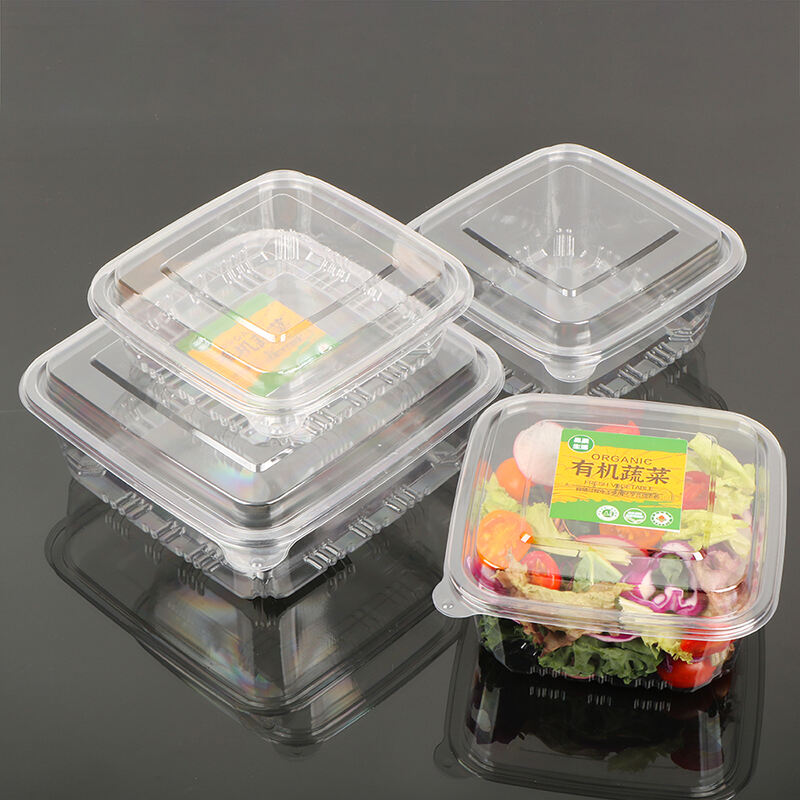Recyclable plastic packaging is now a hot topic whenever people talk about being green and caring for the planet. Since shoppers are paying more attention to the footprint they leave behind, it helps to know what recyclable plastic really is. This post will clear up common myths, share hard facts, and explain how these materials work for both our wallets and the world.
Myth 1: All Plastic Packaging is Recyclable
One of the biggest lies going around is the belief that every piece of plastic packaging can go straight into the blue bin. The truth is, plastic comes in many grades, and not every grade is accepted by local programs. For example, film used to wrap sandwiches or trays that once held berries are often too dirty or soft to recycle. Knowing which codes your community takes-and what it does not-makes you a smarter shopper and a better neighbor.
Fact: Recycling Reduces Environmental Impact
When you put the right bottle or container in the recycling bin, you cut the amount of junk heading to the dump. That saved plastic can be washed, shredded, and made into something fresh, which uses far less oil and energy than making new resin from scratch. Every time we do that, we also lower the greenhouse gases that come with virgin plastic production and give our planet a small but real win.
Myth 2: Recycling Is a Waste of Time
Some people think recycling is pointless, convinced their bottles and cans end up in the same landfill anyway. In truth, research clearly shows that when folks sort materials properly, recycling cuts waste and saves valuable resources. Neighborhoods that stick with regular curbside pick-up see noticeable drops in trash piled outside and more aluminum, paper, and glass sent for reuse. By doing this everyday task, consumers help keep materials in a loop instead of letting them become one-time trash.
Fact: Innovations in Recycling Technology
The recycling world changes fast, thanks to fresh machines and digital tools that speed up sorting and clean dirty loads. Upgraded cameras, robotic arms, and even chemical processes now handle kinds of plastic once labeled too mixed or contaminated to save. Higher yields let factories run on a steady stream of recovered goods, so they no longer depend only on imported bales and volatile oil prices. As a result, businesses seek more sustainable packaging, and every item put in the blue bin helps expand that market.
Myth 3: Recyclable Plastics are Always Eco-Friendly
Most people think that anything marked recyclable is good for the planet, but that idea oversimplifies the truth. How friendly a piece of plastic really is depends on its specific resin number, whether local facilities can actually process it, and who uses the shredded stuff afterwards. If bottles, containers, or wrappers end up in the wrong bin, or worse, in a river, all that promise vanishes. So, judging a package by that little triangle alone tells only half the story; you have to examine its full journey from factory to landfill-or new product.
Fact: Consumer Choices Matter
People sitting at kitchen tables, shopping aisles, or online carts have far more power than they realize. When buyers ask questions, pick items in easy-to-recycle or reusable packaging, and follow local sorting rules, they boost recovery rates faster than any law can. Voting with dollars for companies that openly share waste data and run take-back programs pushes the whole market to step up. Put simply, a little extra thought at checkout can turn a casual consumer into a tireless advocate for cleaner streets and oceans.
To wrap things up, knowing the true facts-and-fiction swirl around recyclable plastic packaging helps everyday shoppers play their part in saving the planet. When we smash false myths and shine a light on what recycling really does, folks become better equipped to back green choices. New recycling gadgets and smarter processes keep popping up, so the outlook for plastic that can be reused is definitely brighter. Staying updated and joining in-on everything from sorting right at home to backing greener brands-gives both people and companies the power to leave cleaner air and water for tomorrow's kids.

